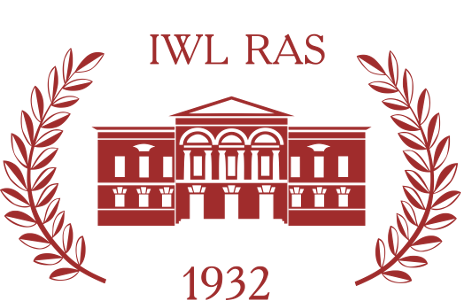Information about the author:
Elena M. Dyakonova
Elena M. Dyakonova, PhD in Philology, Leading Research Fellow, A.M. Gorky Institute of World Literature of the Russian Academy of Sciences, Povarskaya 25 a, 121069 Moscow, Russia; Professor, HSE University, Staraya Basmannaya, 21/24, build. 3, 106060 Moscow, Russia.
ORCID ID: https://orcid.org/0000-0002-2714-9134
E-mail:
Abstract:
Classical studies were the mainstream of Far Eastern traditional culture. They structured many aspects of literature, philosophy, science, and sometimes dominated them. A study of the relationship between classics and their commentaries is central for an understanding of the intellectual history of the countries of the Far East, of which Japan is one. Commentaries made tribute to the canonization of literary monuments, but did this without regard of the artistic and intellectual character of the classical text. Commentaries to the classical texts of ancient Japan, in particular to the first poetic anthology “Collection of Ten Thousand Leaves” (Manyōsyū), are shaping up in the epoch of Heian (9–12 c.) as an attempt to restore the Japanese outlook on this poetry, written in the 8 c. in Japanese, but in Chinese hieroglyphs. This classical poetry has acquired a new form: it is now being written in hieroglyphs and Japanese sillabary (hiragana). Several types of literary criticism existed: treatises on literary works, commentaries on classical monuments, compilations of anthologies (selection of literary texts for the constitution of the highly constructed collections) as well as poetic contests. Commentators mostly concentrated on understanding the sense of the separate words and phrases but the general meaning of the text remained behind-the-scenes.


